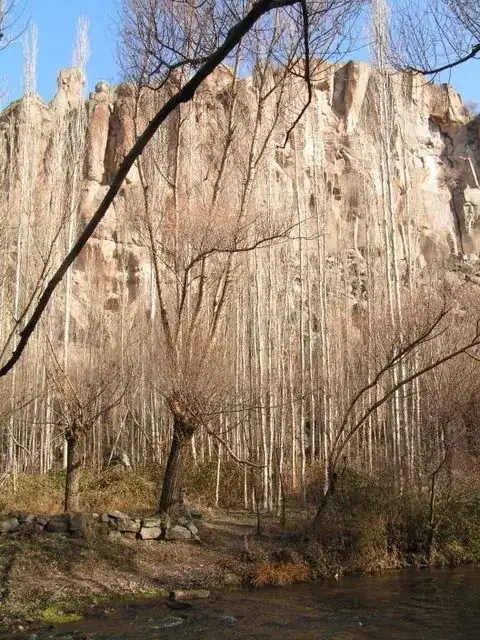When travelling in Turkey some years ago, I noticed many trees (25-40cm diameter) that appeared to have been heavily pruned at a height of around 2m. Only just before leaving did I realise that this was a firewood production method where the long, almost cane-like, branches were being cut annually or semi-annually in a coppice-like fashion.
I recently located images from a blog article of a trip through central Turkey that contained images of trees of this form at:
Image 1:

Image 2:

Is this technique unique to Turkey or the Near-east, or it is practiced in other areas?
What is the reason for this approach in contrast to the lower level stumping of trees practiced since Neolithic times in Europe?
Can someone identify the species from the winter images provided?